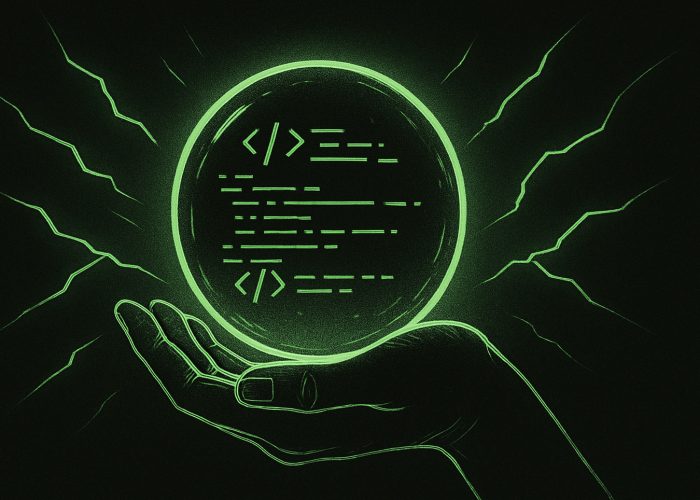We’re all very lucky that online shopping was invented long before quarantine started. It’s hard to imagine a scenario where you need to use carrier pigeons to pay for the products you ordered. Online shopping is a good thing, but everything has a downside. According to Kaspersky, the number of phishing attacks on online store users increased dramatically since the COVID-19 pandemic started. Cybercriminals create clones of popular websites, integrate malware into existing sites, and even use banner ads for their plans. The only goal is to get your money and personal information. Recently, scammers have started using a tool called e-skimming more often to steal your financial information.
What is e-skimming?
It is also called web-skimming or Magecart – the newest type of card-related fraud. Cybercriminals usually sneak into an online store and hide malware on the checkout page. Then they use this malicious program to collect financial data from customers on the compromised site. Stolen information often includes the victim’s name and address, as well as the card number, expiration date, and security code – in general, everything you need to shop online.
Unfortunately, it is almost impossible for an average person to notice such a scam on the payment page of the site. Visually, the site may look normal but hide the threat inside. There is even a group of cybersecurity experts from all over the world, which is constantly checking the network for online stores that are infected, and inform their owners about any problems they have found.
How to safely buy online
We understand that it is impossible today without online shopping, and we do not offer you to give it up. Several rules will help you protect your money, and most importantly your nerves.
- Use a separate bank card for online payments. For example, order a virtual Internet card.
- Check the address bar before entering personal information.
- Choose websites with https:// in the address bar.
- Do not buy products on unverified sites. If you do decide to order from an unknown online store, as a payment method choose “cash on delivery” or “cash to courier”.
- Remember that a big discount can be bait.
- Set a limit on online payments. This way, criminals will have less chance to withdraw all the money from your bank card.
- Do not click on unfamiliar links, files, banner ads.
- Please use complex passwords even when you register at an online store.
- Remember that cybercriminals can also run phishing scams on social networks. Do not share personal information with anyone, and do not click on attachments in messages if they are not expected.
- Don’t use public Wi-Fi to find good deals or pay for goods.
In Ukraine in 2019 fraudsters stole 362 million UAH from bank cards. Be careful!




